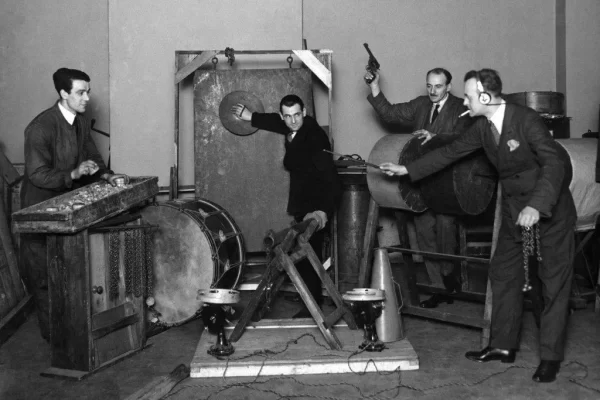The digital age has revolutionized many industries and fashion is no exception. Seamlessly blending tradition with innovation, the fashion world leans heavily on technology. And why wouldn’t it? With the introduction of clothing design software, designers, whether budding or established, have powerful tools at their fingertips. These tools allow them to conceptualize, modify, and bring their visions to life like never before.
Table of Contents
1. The Canvas: Digital Sketch Pads
Traditionally, a designer’s first step in bringing a vision to life involves rough sketches on paper. Though infused with personal touch, these hand-drawn illustrations were restricted by the limitations of paper and pencil. Enter digital sketch pads. These are not just electronic replacements for paper; they are advanced tools offering many features. With varying pressure sensitivity, precise stylus actions, and an array of digital brushes and colors, designers can craft intricate designs with a level of detail previously unattainable. It’s reminiscent of the leap from simple charcoal drawings to detailed oil paintings, providing a broader scope for imagination.
2. A New Dimension: 3D Rendering
2D sketches provide a foundational idea, but what if designers could lift those flat images off the page and mold them into tangible-looking entities? That’s the magic 3D rendering brings to the table. Advanced clothing software allows garments to be visualized in a three-dimensional space with realistic textures, shades, and movement. This shift to 3D is akin to moving from black-and-white photography to vibrant, immersive cinema. It offers a dynamic glimpse into how the final product looks and behaves, making the design process more predictive and accurate.
3. Virtual Catwalks: Runway Simulations
Fashion shows have always been the grand stage where designs come alive, a space of glamour, anticipation, and drama. However, organizing physical shows demands considerable time and resources. Digital progression offers a solution: virtual runway simulations. Leveraging augmented and virtual reality, designers can simulate entire fashion shows, replete with digital models, dynamic lighting, and even virtual audiences. This innovation isn’t just about convenience; it offers a sandbox mode where designers can experiment with different themes, sequences, and settings, refining the experience to perfection without the constraints of real-world logistics.
4. Real-time Feedback: Collaborative Platforms
Collaboration is the lifeblood of the design process. Earlier, this meant physical mood boards, endless meetings, and a cascade of emails. The digital age simplifies this with cloud-based platforms where teams can design, annotate, and iterate collaboratively. It’s akin to a group of artists working on a giant canvas, each contributing in real time, building upon each other’s ideas. Such platforms democratize the design process, allowing instant feedback, faster revisions, and a cohesive final product that resonates with the collective vision.
5. Beyond Borders: Global Inspiration Libraries
Adobe states, “3D clothing design software streamlines the design development process, reducing time and cost as well as environmental impact.”
Inspiration for designers has always been as vast as the world itself, drawing from diverse cultures, histories, and landscapes. Digital tools amplify this by offering extensive libraries filled with global fashion trends, historical archives, and cross-cultural motifs. It’s a digital treasure trove, a convergence of the world’s fashion ethos at one’s fingertips. Designers can seamlessly traverse through different epochs and regions, imbibing elements that can be integrated into contemporary designs, ensuring a rich tapestry of global influences.
The digital renaissance in the fashion domain is not merely a phase; it’s a paradigm shift. As clothing design software and other digital tools continue to evolve, they set the stage for an era where boundaries are pushed, and creativity knows no bounds. The blend of traditional fashion ethos with cutting-edge technology is charting a path toward an industry that’s more inclusive, innovative, and revolutionary than ever before.





